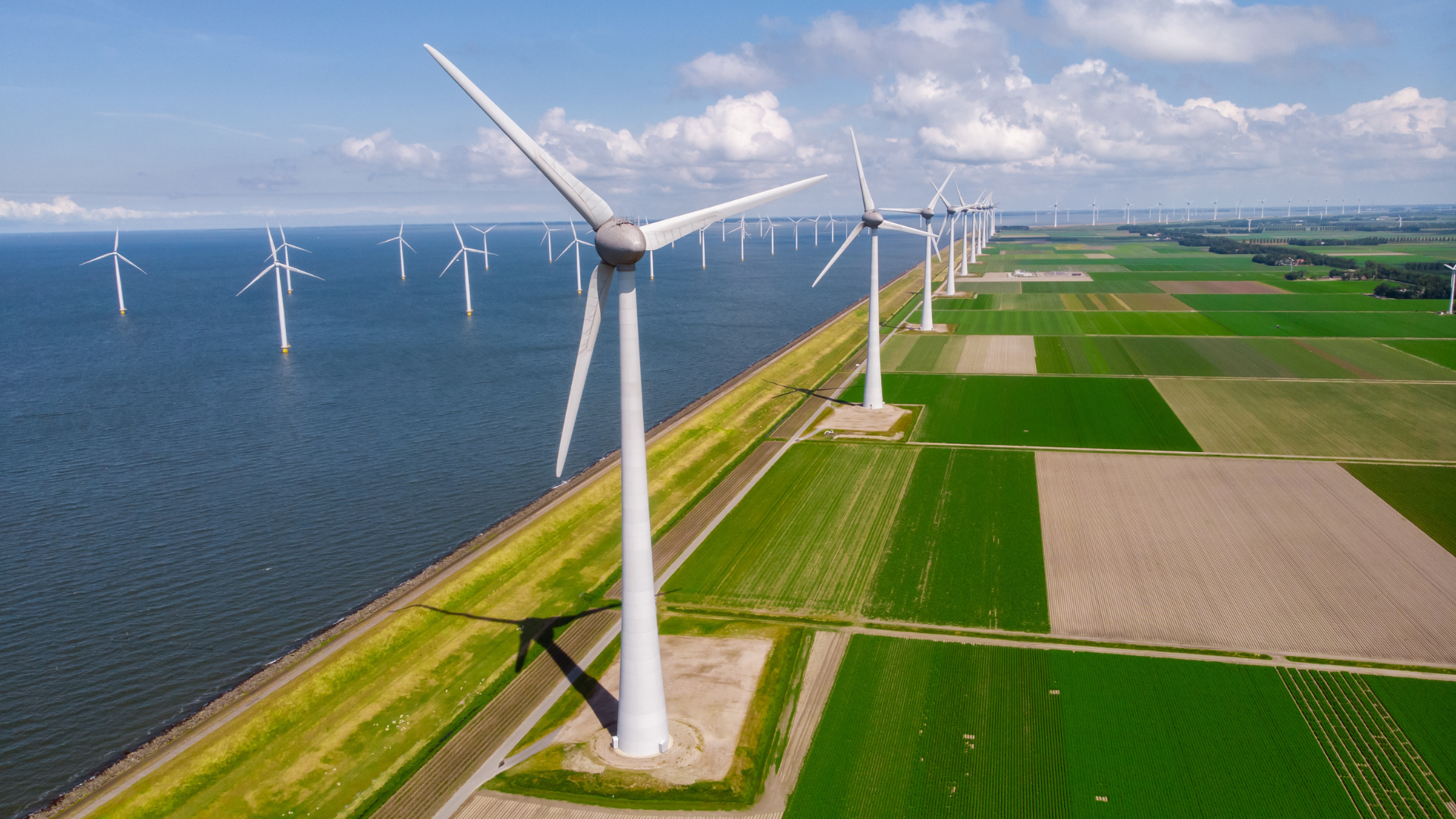The European Commission presented the Omnibus proposal in February 2025. If this proposal is adopted, which is expected by the end of 2025, mandatory CSRD reporting will disappear for 80% of companies. This means that companies with fewer than 1,000 employees will no longer be required to report according to the CSRD guidelines. However, a new opportunity is emerging for these companies: the VSME - the European standard for voluntary sustainability reporting for SMEs.
What exactly does the VSME entail, and why should you get involved as an organisation? In this article, we explain how this framework can help you report on sustainability in a simple and more effective way, and the different options you have in this process.
A voluntary European standard for SMEs
The VSME is the voluntary sustainability reporting standard for non-listed SMEs. This standard was introduced alongside the CSRD with the aim of supporting SMEs to meet the growing demand for ESG information from stakeholders. The European Commission asks companies subject to the CSRD to limit their information requests to what is included in the VSME, unless the request for more information is necessary and justified.
At this time, a final version of the VSME is already in use, but amendments may follow to make it even more responsive to the needs of SMEs and sustainability information users.
Why report according to the VSME framework?
The aim of the VSME is to support:
Cooperation with large companies
Sharing the necessary sustainability information that large companies demand from their suppliers.Access to financing
Providing information that banks and investors need, making is easier for companies to get financing.Improving sustainability management
Better addressing environmental issues (such as pollution) and social challenges (such as occupational health and safety). This helps companies become stronger and more competitive, both in the short and long term.Contributing to a sustainable economy
Supporting inclusive and sustainable growth so everyone benefits.
The advantages of the VSME:
Commonly known and accepted standards
You work with a standard that is widely known and therefore follow an accepted framework for your sustainability report.Current performance as a starting point
The VSME is based on what you are already doing in terms of sustainability; there is less focus on your long-term goals and ambitions. This allows you as a company to understand what steps you have already taken.Far fewer mandatory data points
The VSME contains a much smaller number of data points compared to the CSRD and is therefore faster to implement and requires less effort in terms of data collection.Easier to scale up to the CSRD
The VSME standard is derived from the CSRD. This makes the double materiality analysis (DMA) quite manageable to use as a starting point for VSME reporting. It also makes it easy to scale up to a CSRD-compliant report in the future.
How exactly does the VSME work?
The VSME is a voluntary reporting standard consisting of two modules: Basic (B) and Comprehensive (C). These modules have different objectives.
The Basic (B) module is designed for micro and small enterprises that want to start sustainability reporting. The focus of this module is on general information that can be reported in a flexible way. There is less emphasis on the value chain and more on qualitative, descriptive reporting. The number of data points to be reported on is less than in the C module. This makes the B module very suitable for companies that want to be engaged in transparent reporting without the challenges of full ESG reporting.
The C module complements the B module, allowing SMEs to paint a broader picture of their ESG performance. There is more emphasis on policy and strategy. The C module goes more deeply into the topics from the B module and adds additional ESG topics to the report. With this, you meet your stakeholders’ expectations with reasonable effort, which is still significantly lower than the CSRD standards.
The main differences between these modules are the qualitative data points on strategy, business model, methodology, policies, future plans and goals. We put the differences side by side in the table below.
How can Baker Tilly support you?
Baker Tilly offers an eight-step approach to ESG reporting that guides your company through the entire VSME process. From selecting focus areas and data collection to developing an ESG strategy that is supported company-wide, and creating action plans, we take care of every step for you.
With this, we support you in communicating and reporting to relevant stakeholders, making you proactive and transparent. It does not matter whether you have already done a double materiality analysis, whether the CSRD was your starting point, or whether you are just getting started on sustainability reporting. We help every entrepreneur with a sustainable solution.
Want to learn more about the VSME? Watch our VSME webinar for free (in Dutch).
Ready to get started on your VSME sustainability reporting? Please contact Gido Frühling ([email protected]) or Marijn Biesiot ([email protected]).
The legislation and regulations in this area may be subject to change. We recommend that you discuss the potential impact of this with your Baker Tilly advisor.
Other insights
No results found


.jpg)